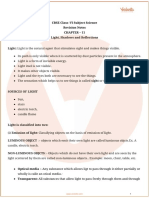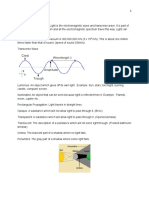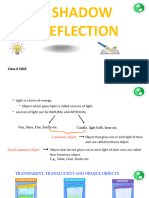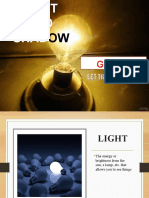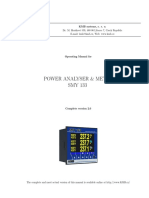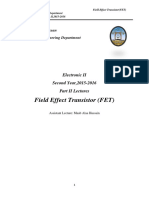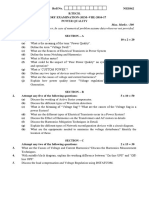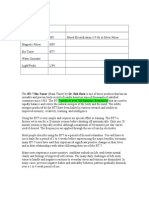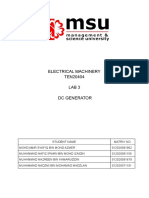LIGHT, SHADOWS AND REFLECTIONS
Light is a form of energy which enables us to see an object. The sun is the main source of
light on Earth. Light is made up of photons they are the fundamental particles of light.
The concept of the photon was developed by Albert Einstein.
PROPERTIES OF LIGHT
• White light is a combination of seven colour.
• Light is an electromagnetic wave.
• Light always travels in a straight line.
• The speed of light is 300000 km/s
• It can travel in vacuum.
TYPES OF OBJECTS, ON THE BASIS OF LIGHT
Luminous Objects: Objects that produce its own light. Eg. – Sun, stars, candle.
Non-luminous: Objects that do not produce its own light. Eg. – moon, table.
They are classified as objects can be classified as:
• Opaque Objects: Objects that do not allow light to pass through them are called
opaque objects.
E.g. Wood and metal. Since, no light can pass through such objects, they form clear
and dark shadows when they are placed in front of a source of light.
• Transparent Objects: Objects that allow almost all light to pass through them are
called transparent objects. They produce a very faint shadow (or no shadows at all)
E.g. Plain glass
• Translucent Objects: Objects that partially allow light to pass through them are
called translucent objects.
E.g. Butter paper. Such objects block only a part of the light that passes through
them. So, they throw a faint shadow.
� SHADOW
Shadow is dark area or shape formed when
opaque objects come between the light
source and the screen, which can be the
ground, wall, etc.
FEATURES OF A SHADOW:
• Shadows are always black and represent the outline of the object.
• It can be forms only in the presence of a source of light. Light always casts shadows
of the opaque object places in its path.
• It is always formed on the opposite side of the source of light.
• The size and direction of the shadow depends on the direction and distance of the
light coming from the source. As the distance decreases, the size of the shadow
increases.
CONDITIONS NECESSARY FOR THE FORMATION OF SHADOWS ARE:
• A source of light
• An opaque object that comes in the way of the source of light
• Screen on which the shadow is formed
WHEN LIGHT STRIKES MATTER, THREE THINGS CAN HAPPEN:
1. Light can be transmitted.
2. Light can be absorbed.
3. Light can be reflected.
REFLECTION
Bouncing of light into the same medium after striking the surface is known as
reflection of light. Examples of objects that reflect light are mirrors, surface of
water, and smooth surfaces.
TYPES OF REFLECTIONS
• Smooth Reflection: Light rays are reflected in one direction if the surface is smooth.
• Diffused Reflection: Light rays are reflected in different directions if the surface is
rough.
� LAWS OF REFLECTIONS
ACCORDING TO THE LAW OF REFLECTION:
• Angle of incidence = Angle of reflection
• Incident ray, reflected ray and normal ray all lie on the same plane.
Incident ray is the light that strikes the mirror.
Angle formed between incident ray and normal
to the surface is called angle of incidence.
Reflected ray is the ray of light that gets reflected
back after striking the surface.
The angle formed between reflected ray and
normal to the surface is called angle of reflection.
NATURE OF IMAGE FORMED BY PLANE MIRROR:
• The size of the object and its image is the same.
• The image is formed behind the mirror at the same
distance as the object is placed in front of it.
• Left-right inversion is seen on mirrors.
• Image formed behind plane mirror is erect.
• Misconception: Light can only be reflected from shiny
surfaces such as a mirror.
• Concept: All objects absorb and reflect light to different degrees. Our ability to see
objects depends on the reflection of light.














